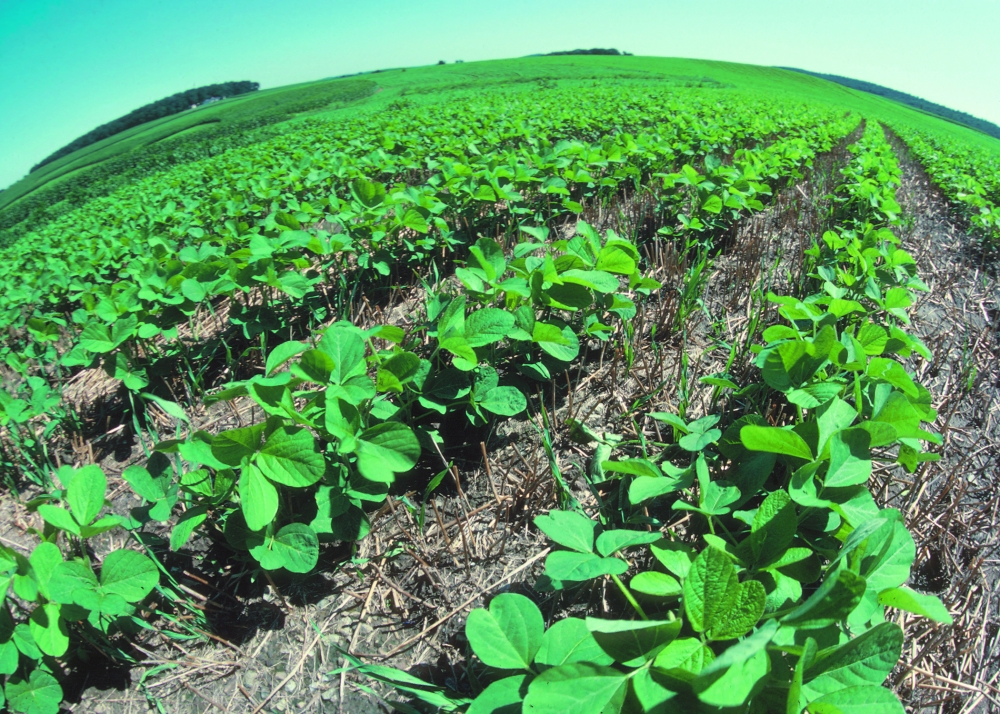
Agriculture’s Environmental Footprint


Researchers who work in life-cycle assessment (LCA) rely heavily on databases to quantify the environmental impacts of products and services. In industries that change rapidly, such as the electronics and high-tech sectors, LCA datasets are updated frequently to ensure the most accurate analyses. However, datasets for agriculture — which is perceived as changing slowly — tend to be updated infrequently.
“People tend to think of agricultural as an industry of the past that doesn’t change much and has environmental impacts that are more or less constant over time,” said Sangwon Suh, a professor in UC Santa Barbara’s Bren School of Environmental Science & Management. “They may think that using 20-year-old LCA data is okay for agricultural products.”
In a paper published in the journal Environmental Research Letters, Suh and his co-author, Bren School alumnus Yi Yang, show that a variety of factors, including climate change and technological advances, have made agriculture in the 21st century highly dynamic.
The researchers gathered a large amount of new data for four major crops, examining 10 years of environmental impacts resulting from the cultivation of corn, cotton, soybeans and wheat. They measured acidification (air), eutrophication (water), smog formation, freshwater ecotoxicity and several human health criteria.
While several impacts remained relatively stable over time, others varied significantly. For instance, in the past decade, the per acre impact of both cotton and corn cultivation on the ecological health of freshwater systems decreased by about 60 and 50 percent, respectively. The decreases are believed to have resulted from expanded use of genetically modified crops, which require fewer pesticides and herbicides.
But the researchers also found that the freshwater ecotoxicity impact of soybean production quintupled, largely owing to the spread of the soybean aphid, an invasive species. This in turn led to increased use of insecticides.
According to Suh and Yang, understanding the factors that drive change in the environmental impacts of agricultural systems is essential for making informed decisions, prioritizing which LCA data to update more frequently and interpreting LCA results that use older data.
“Our study implies that it is worthwhile focusing on the rapidly changing categories when updating agricultural LCA databases under time and resource constraints,” Suh concluded.



